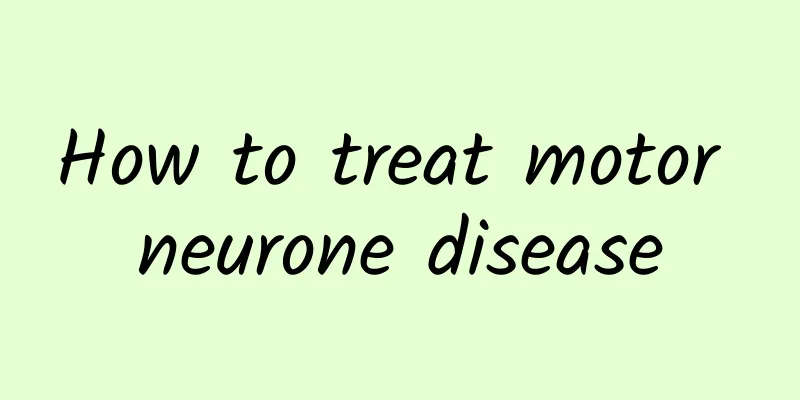What are the symptoms of cerebral vasospasm?

|
The most common symptoms of cerebral vasospasm are dizziness and headache. If the patient's condition is more serious, he or she may also experience nausea, vomiting, palpitations, shortness of breath, tinnitus, etc. 1. Patients with cerebral vasospasm will feel dizzy Dizziness may be persistent or paroxysmal, with the main manifestation being rotational vertigo. When dizziness occurs, the patient is afraid to move and must be bedridden, especially unable to move the head. In severe cases, it may be accompanied by nausea, severe vomiting, or tinnitus or tinnitus in the head, which is a persistent low-pitched tinnitus or tinnitus in the head, irritability and anxiety, or chest tightness, palpitations, shortness of breath, a sense of urgency to breathe, unclear mind, and affected thinking and memory. 2. Patients with cerebral vasospasm will have headaches Persistent headache, dull pain in the head, pressure, heaviness, and some patients complain of a "tightening" feeling in the head. Most patients have headaches on both sides, mostly on the two temporal sides, occipital area, top of the head or the entire head. The nature of the headache is dull pain, distending pain, pressure, numbness and a band-like tight feeling. Most patients suffer from bilateral headaches, and the intensity of their headaches is generally mild or moderate. However, some patients may experience continuous headaches or headaches all day long. Headaches are often aggravated by factors such as excitement, anger, insomnia, anxiety or depression. Some patients also complain of temporal pulsating headache. Patients often have symptoms such as irritability, anxiety, palpitations, shortness of breath, fear, tinnitus, insomnia, back pain, and stiff neck. 3. Other symptoms of cerebral vasospasm In the early stages of cerebral vasospasm, there may be symptoms such as nausea and vomiting, or there may also be symptoms such as tinnitus, palpitations and shortness of breath. These are all precursors to cerebral vasospasm. If you experience multiple symptoms at the same time, you should go to the hospital for medical treatment in time, especially young people who are under various pressures should pay more attention. The headache caused by cerebral vasospasm may be in the form of severe pain, tenderness, or swelling, heaviness, or pressure in the head. The manifestations vary, but abnormalities in the head indicate that cerebral vasospasm may have occurred. |
<<: How to treat cerebral vasospasm? Can it be cured?
>>: What medicine should I take for cerebral vasospasm? Systemic treatment is recommended
Recommend
Does Xiao Chaihu Granules cure cough?
Xiao Chaihu is a relatively common Chinese patent...
What to do if you have a severe runny nose due to a cold
If the runny nose due to a cold is severe, you mu...
What to do if the elderly have frequent urination and urgency? Chinese medicine and dietary treatment
Frequent urination is more common in old age. Thi...
Heart discomfort, left hand numbness
The phenomenon of numbness in the left hand cause...
Black spots in baby's eyes
A baby is the bond that maintains a family's ...
Is it accurate to check hormone levels on the second day of menstruation?
For women, the six-item sex hormone test is a rel...
What is curettage?
Nowadays, young people are becoming more and more...
How to regulate the deficiency-heat constitution, and the dietary therapy for yin deficiency and internal heat
Yin deficiency constitution is one of the nine ma...
What are the best ways to restore nerves?
As we all know, the human body's nerves play ...
Can Sixteen-flavor Xiaoke Huoxue Pills lower blood sugar levels?
The Sixteen-flavor Xiaoke Huoxue Pill is a medici...
What does genital herpes look like in women and how to take care of it?
With the changes in today's society, many peo...
Why do I bleed after taking emergency contraceptive pills?
All contraceptive pills have side effects, and em...
What is the treatment for rosacea?
The health of the nose is an issue that people ar...
Baby has a cold and runny nose, four ways to help you deal with it calmly
On weekdays, when parents deal with symptoms of c...
What tea can relieve internal heat?
In daily life, tea is a drink we often see, and t...









